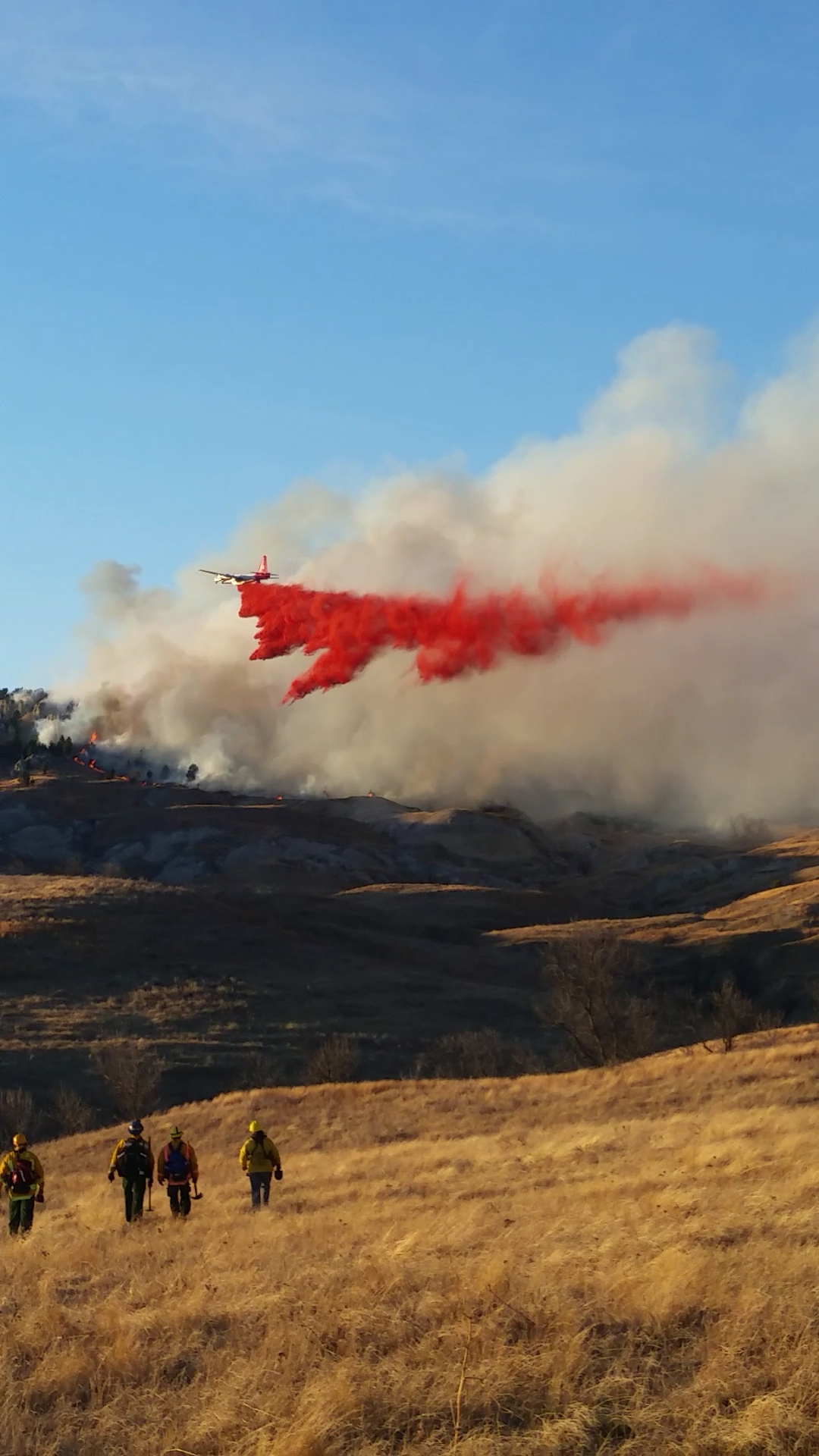Information for Landowners
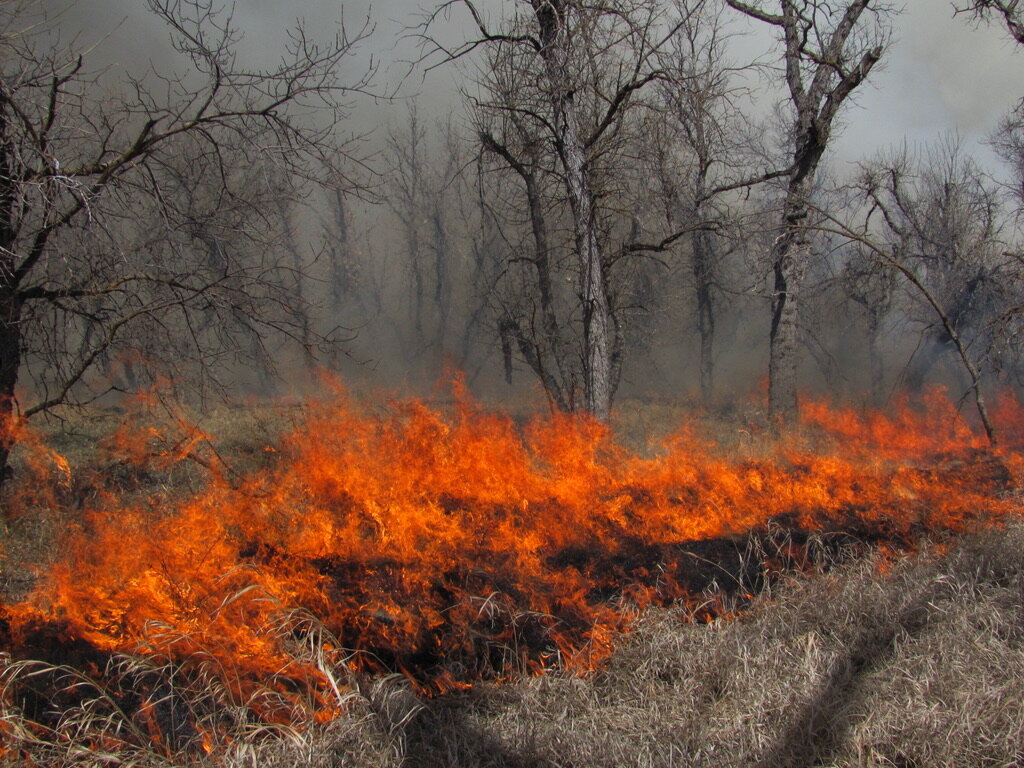
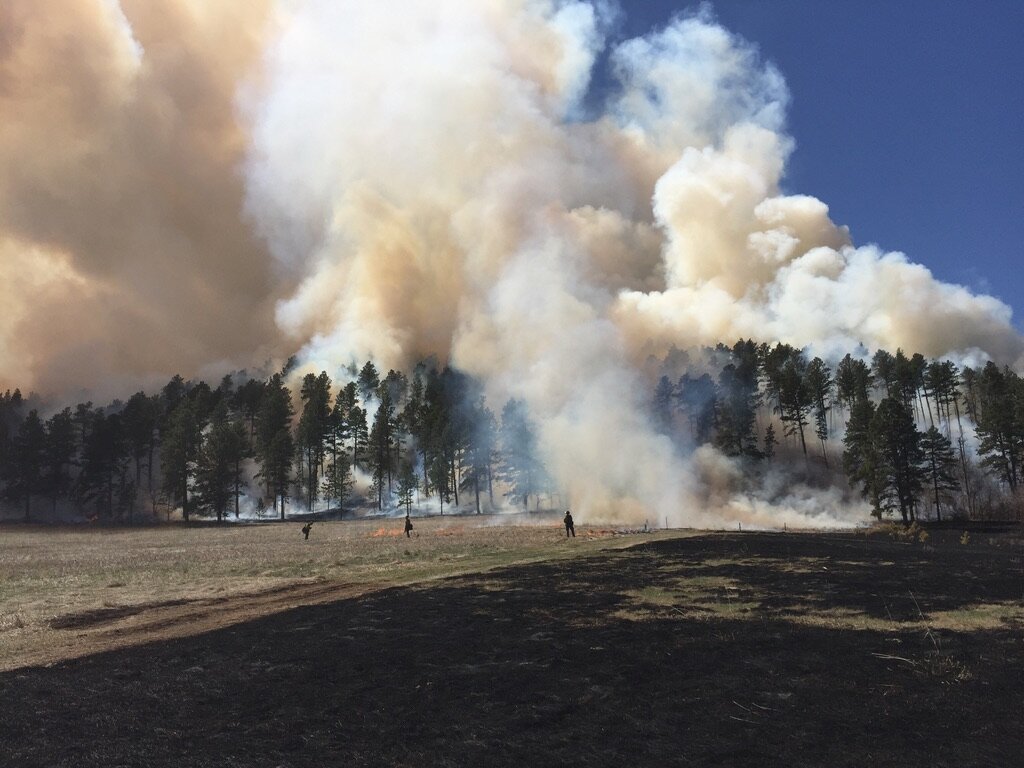
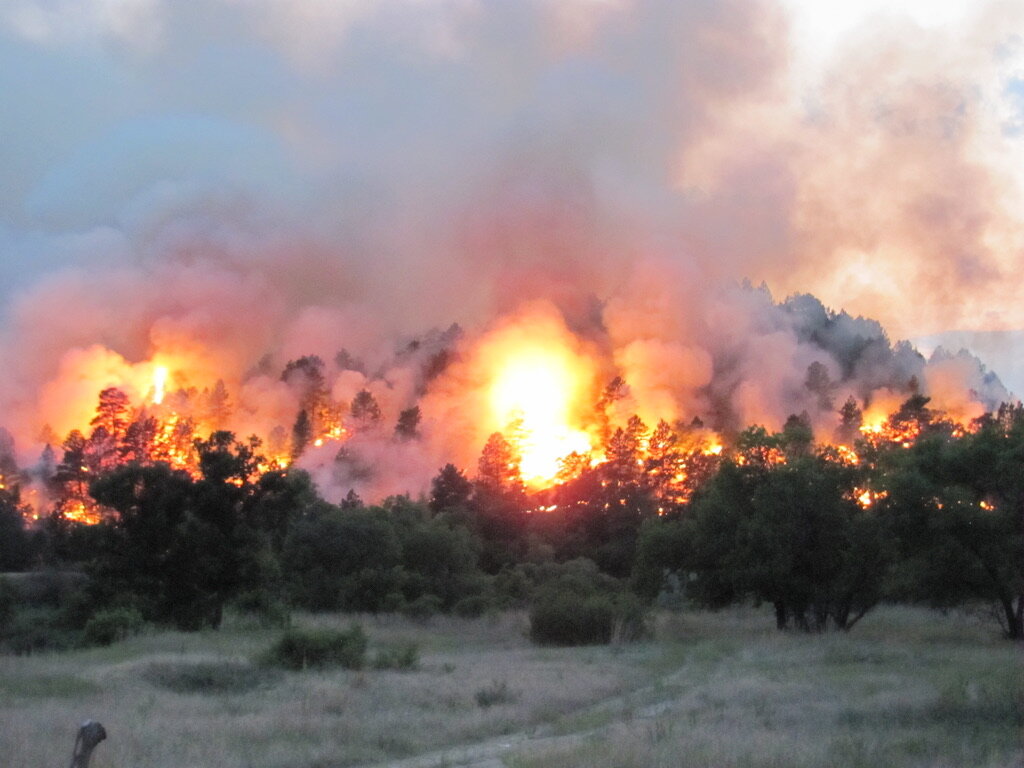
Are you at risk for wildfire?
Wildfire is a natural part of the landscape and becomes a threat to people living in and around forests. This area, wherein society intermixes with the wild, is referred to as the Wildland-Urban Interface (WUI). In Meade County and its surrounding area, the WUI is the area bordering the Black Hills National Forrest. The Federal Register lists many of the communities in the WUI as at high risk from wildfire. This list was compiled by the U.S. Department of Agriculture in conjunction with the U.S. Department of Interior. Meade County created a Community Wildfire Protection Plan (CWPP) to reduce the risk from wildfire to life, property, and critical infrastructure in these communities.
There are more than 1,000 homes within the WUI in Meade County alone, and many of these homes are already at risk from the buildup of hazardous fuels. The three primary factors that affect fire intensity are weather, fuel, and topography. In the Northern Black Hills (and Southwestern Meade County especially), these factors combine to create a risk for wildfires. Fires in the region have burned with high intensity and severity, as was evidenced by the 2006 Eastridge Fire, which burned 3,204 acres and destroyed seven structures. Meade County has continued to see significant residential growth in the WUI that vastly increases the risk to not only structures, but also lives.
Fire Adaptation:
Fuels, such as small trees, brush, wood, and other vegetation, around your house can create increased heat and exposure to your home in the event of a wildland fire. The impact of a wildland fire can be mitigated by taking actions to reduce the intensity of the fire.
Research shows that creating a defensible space around your house, by strategically clearing or reducing vegetation, can slow the spread of fire and increase the chance your home survives in a wildfire event. The purpose of defensible space is to prevent a fire from moving from the forest to your home, and vice versa, as well as to provide firefighters with adequate room to maneuver. Removing hazardous fuels and creating breaks in the vegetation, including breaks between trees, around your house provides natural barriers that help firefighters slow the fire and reduce potential loss.
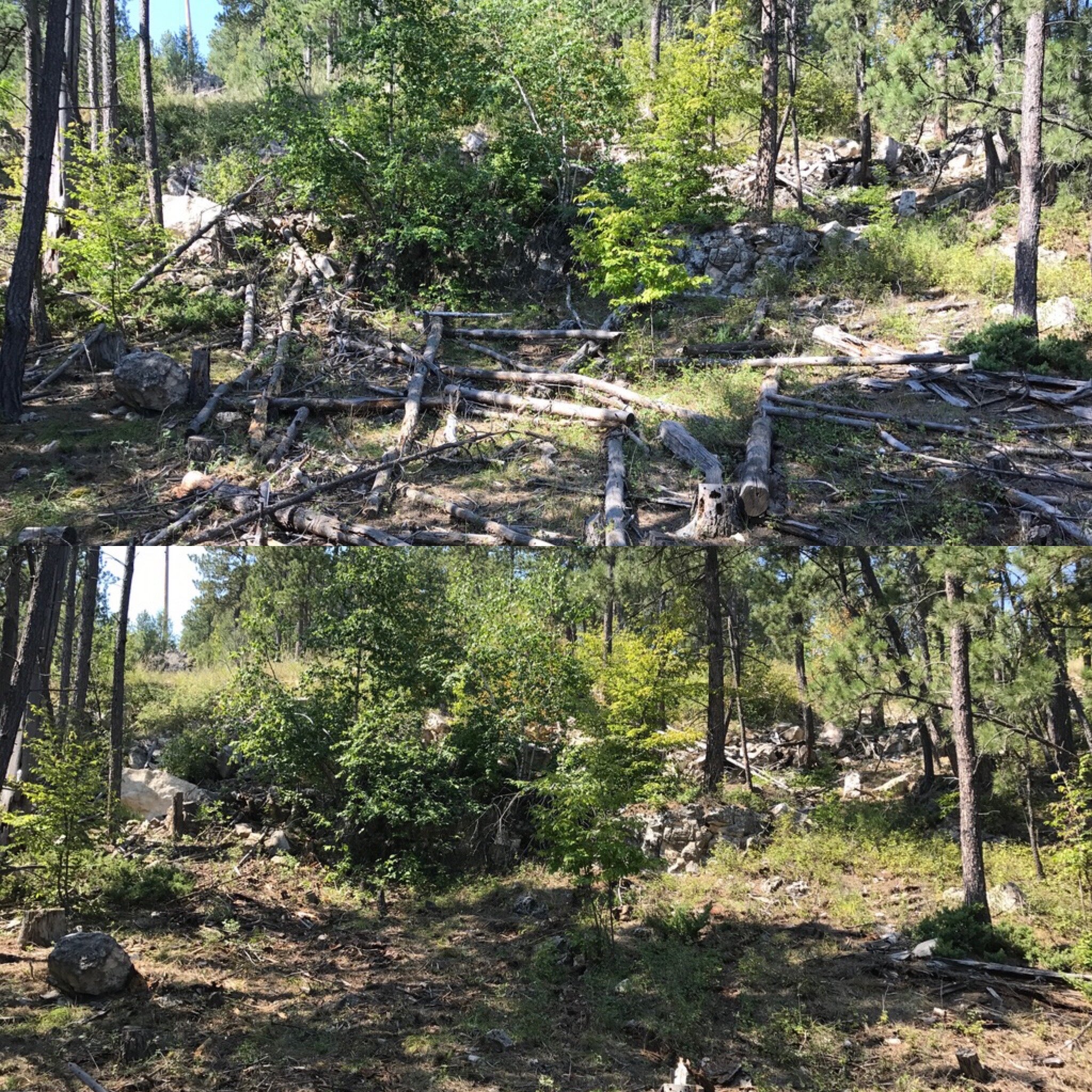

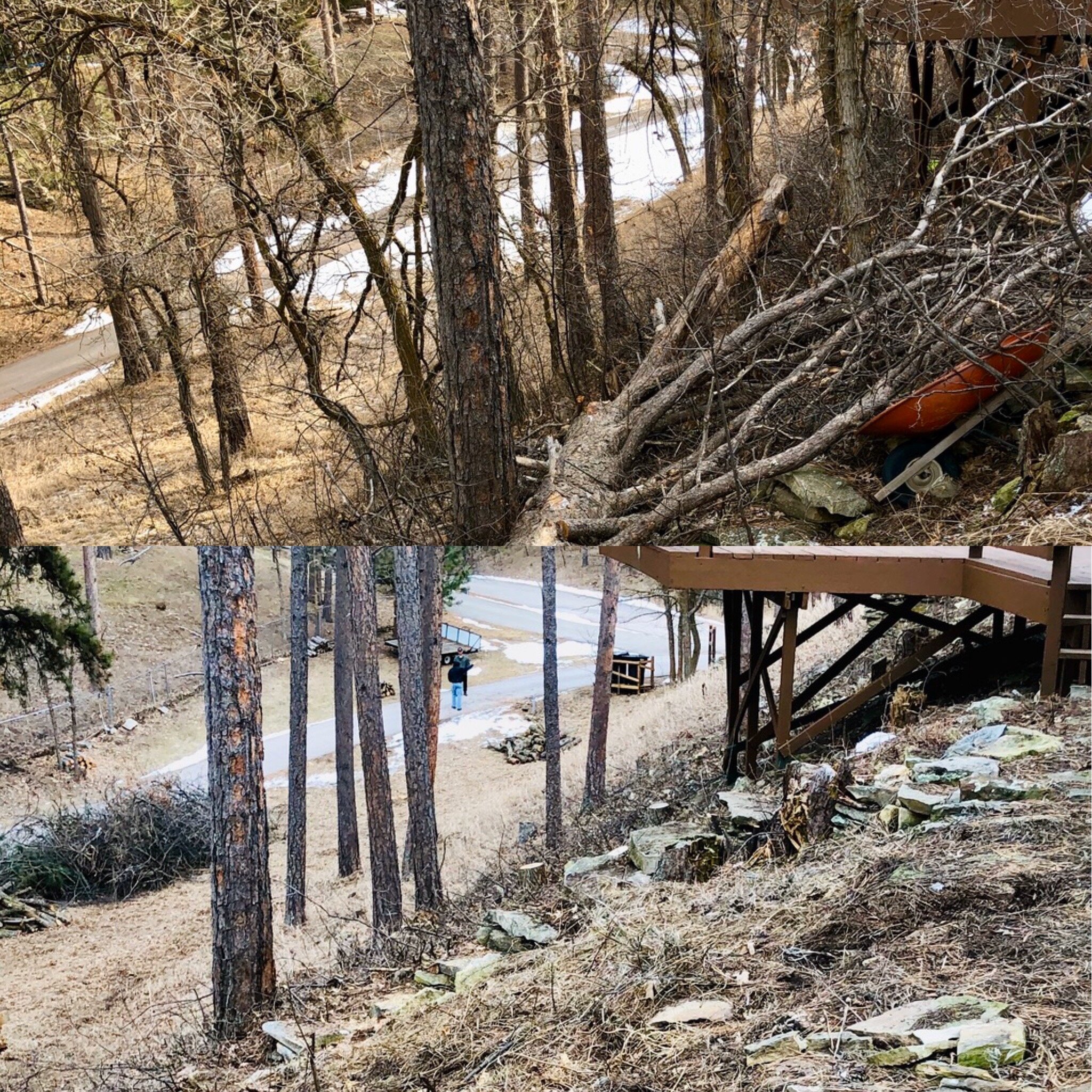
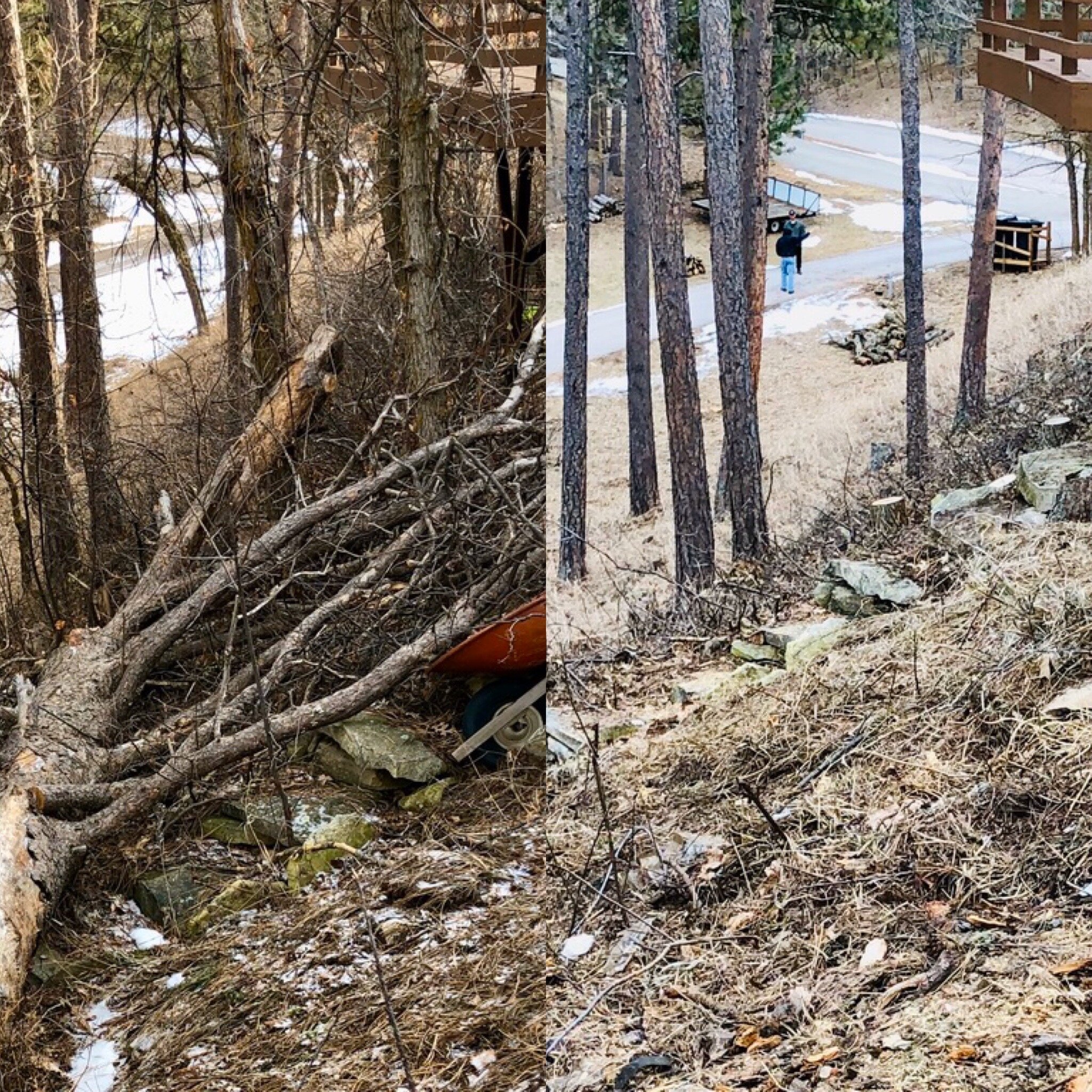
Program Services:
Free fire risk assessments for properties located in the Wildland-Urban Interface of the Northern Black Hills.
Hazardous fuels reduction work for landowners at a cost share for qualifying properties (thinning trees, brush removal, clearing debris)
Participating landowners agree to have activities carried out to the standard in our CWPP to participate.
Resources
“Your Home Can Survive a Wildfire” - Video by National Fire Protection Association (NFPA)
"Tips to Help Keep Homes from Igniting in a Wildfire" - Video by National Fire Protection Association (NFPA)
Maintain Defensible Space - Video and Information from DisasterSafety.org
